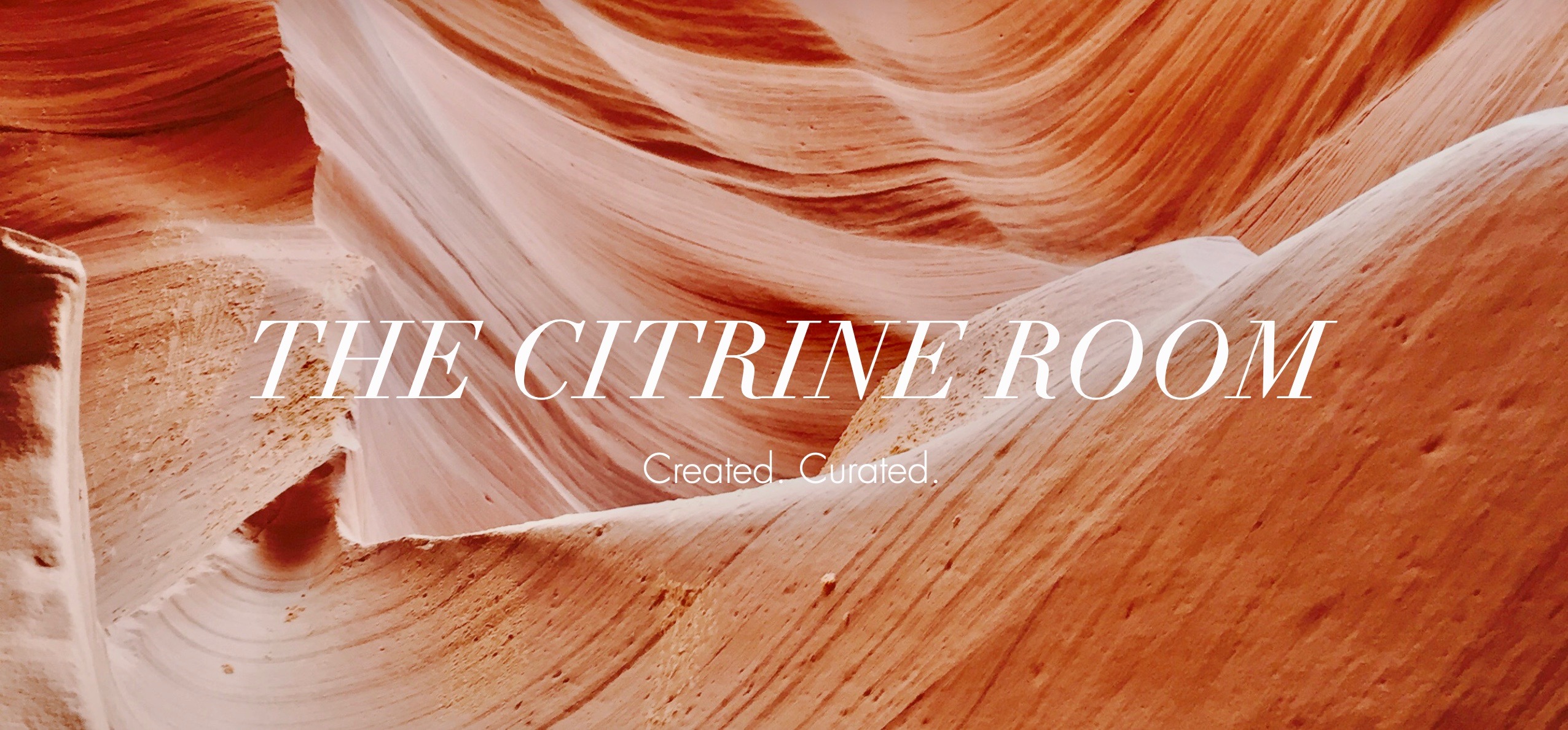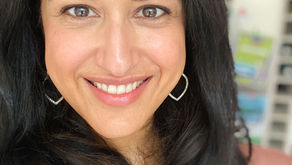Investing in Your Future Self: Strategies to Move from Stuck to Thriving
- MR

- Dec 10, 2024
- 6 min read
There is an image that I captured many years ago while walking in London. It was a neon sign in a nondescript window of an old building looking out onto a small street. It said, 'What Do You Dream About?'
In a split second, that question opened a doorway in my mind, one that would lead to the place I didn't dare often go for fear of disappointment or ridicule or judgment for not being "realistic." But in that moment, reading that question gave me the permission to put into words and images in my head what I had often felt.
I dreamt of a creative existence near nature, with a family of my own, work that filled me with purpose and felt right for me, and a life that was pretty simple in concept but often felt way too complicated to achieve in reality.
Every Visionary Idea Began With a Dream
Dreaming isn’t just wishful thinking. Every visionary idea—from walking on the moon to launching groundbreaking innovations—began as a dream. At the time, these ideas likely seemed impossible or even absurd, but they had to start somewhere.
We can use this same approach in our own lives, both professional and personal. Dreaming is a powerful tool to step outside current constraints and imagine what’s possible. It helps us break free from limiting beliefs and envision a future shaped by growth, fulfilment, and purpose.
In business, forecasting where you want to be in 3 to 5 years is standard practice. The question “Where do you see yourself in five years?” is almost a given in job interviews. But if I’m being honest—and I usually am—there are different ways to answer that question, and each reflects the mindset I’m in at the time.
Three Possible Answers
I don’t know.
It's hard to have a concrete answer when we feel we either have to have a confident answer or when we feel lost, stuck, or overwhelmed. It’s hard to envision the future when the present feels heavy or uncertain.
I know exactly where I want to be.
When we're feeling good about where we are today, clarity about the future flows naturally. We can visualise every detail.
The Wildcard: A Work-in-Progress.
We might not feel great about our current situation, but we know it’s temporary. We're doing the work to move forward, one step at a time, even without a clear destination.
A Dual Approach to Life Forecasting
Psychiatrist and author of The Good Life, Robert Waldinger, MD, posed this question on his incredibly powerful TED Talk: "If you were to make an investment in your future self, where would you put your time and your energy?"
The question made me reflect deeply on the concept of the future self. Answering it isn’t just about crafting a vision; it’s about having the confidence and courage to embrace both the present and the unknown.
Forecasting our lives requires a dual approach. Yes, we need to look ahead to plant the seeds for tomorrow’s goals. But we also need to zoom in on today—examining what’s helping or hindering our progress.
When we’re feeling stuck or overwhelmed, it can feel impossible to imagine a better future. That’s where suspending reality comes in. By stepping away from what we believe is “real” or “possible,” even briefly, we allow ourselves to dream without limits. This isn’t about ignoring challenges but loosening the grip of limiting beliefs.
Imagining a dream life—free from current constraints—opens up new perspectives, giving us the emotional space to start seeing possibilities again. Dream big. Expansive. Get nitty gritty with the details.
When I work with clients who feel stuck, I often guide them through this process. I ask them to step away from their present realities and recall a time when they felt genuinely happy:
What were you doing?
Where were you?
Who were you with?
What made that time meaningful?
The Science of Dreaming
“Dreaming, after all, is a form of planning.” – Gloria Steinem
It's when we start to dive into the details of our dreams and imagination can we start to see a path emerge. Three things are happening in our brain to support this:
Dreaming isn’t just inspiring—it’s transformative. Here’s what happens in your brain when you imagine a vibrant, detailed future:
Prospection: Imagining future events activates the same neural pathways as experiencing them, preparing your brain for what’s ahead.
Embodied Simulation: The more vividly you imagine a scenario, the more your brain “feels” it as real, triggering emotions that make the goal feel attainable.
Neuroplasticity: Repeatedly envisioning a desired outcome strengthens neural pathways, reinforcing your brain’s belief that it’s possible.
By dreaming expansively and exploring the details, you start to build the emotional and mental framework needed to turn those dreams into reality.
Start With How You Want to Feel
If imagining a future feels overwhelming, start simpler: How do you want to feel?
Focus on what nurtures that feeling—people, places, actions, or even small habits. For instance:
If you want to feel inspired, spend time with creative thinkers or in environments that spark ideas.
If you want to feel calm, prioritise activities that bring peace, like time in nature or mindfulness practices.
From there, you can align your actions with the future you want to create.
My Investment in My Future Self
For me, investing in my future self means putting my time and energy on the things that are 1) aligned with my values and 2) can help me continue to grow and succeed in an authentic and honest way. And for me a lot of that comes down to working on my own personal development and mindset challenges. It’s about walking the talk. Here are some areas where I am investing for my future self:
A deeper connection with my son. I want to listen to him more about his video games and the world in which he's engaged. It may be a world I don't always understand but it matters to him and what matters to him today will build the trust he will need in me if he will choose me to have meaningful conversations in the future.
A circle of close friendships. I want to make a more concerted effort to nurture these connections because when I am with my trusted circle of friends I feel supported. When I feel supported, encouraged, and seen by them I have the courage and confidence to step out into the world to pursue my goals. And being a safe space for them is deeply important to me.
A marriage rooted in respect and growth. My husband and I have our challenges but we continue to learn to face them in a healthier way. Much of that comes down to being aware of our own patterns and perceptions and addressing them individually first. It's not easy as marriage can be like a microscope staring into our deepest fears and insecurities. But there is also laughter. And my future self as a wife will have invested time and energy is making a concerted effort to spend more quality time together.
A thriving coaching business. I’m committed to honest, no-frills work with my clients and in my own self-growth. I feel enegerised by intentional and honest conversations that lead to aligned actions. The more I am in that space, the more I know I am living my values. My future self and business will be a result of investing time and energy in my own self-belief.
Resilience in the face of uncertainty. I am continuously learning to dance with the unknown. Recognsing there is a lot of uncertainty and insecurity but having the tools and strategies to help me help me feel more in control of my present moment. That is the ultimate in self-confidence.
What Do You Dream About?
Your dreams hold the key to your future. They’re not flighty aspirations; they’re a way to imagine what’s possible and take the steps to make it real.
So when I hit a point where I can’t envision my future self—when worry or melancholy clouds my view—I’ll remind myself of today. Because today as I sit in my kitchen looking out onto my garden of our house in the countryside, this is the future self I once dreamed of so many years ago while on that street in London. I will remind myself that life is where purposeful actions and serendipity meet.
So, let me ask you: What do you dream about? And how will you invest in your future self?
M xo









Comments